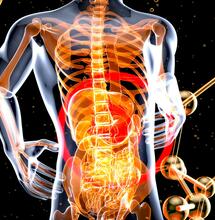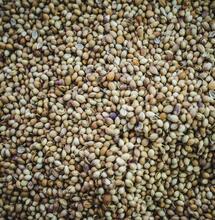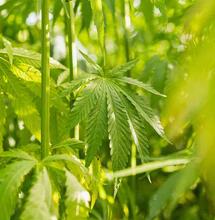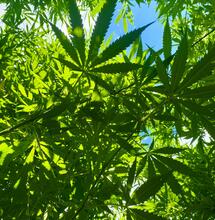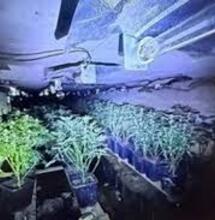The Potential of Minor Cannabinoids

New information and analysis show that minor cannabinoids may help treat some health and wellness ailments, allowing cannabis businesses to sell new products.
These products go further than the regular THC and CBD products on store shelves and include minor cannabinoids, including CBN and THCV.
The new products include edibles and vapes, allowing cannabis enterprises to become more attractive to customers desiring new ways to manage disorders such as obesity, nausea and insomnia.
Researchers are busy dissecting the cannabis plant to decide whether minor cannabinoids can effectively treat all kinds of conditions, from epilepsy and brain injury to chronic pain and stress.
Most new "minor cannabinoid" products being developed today involve four lesser-known compounds, none of which induce the same "high" feeling as THC.
Cannabigerol (CBG) may help combat inflammation, pain and nausea.
Cannabichromene(CBC), one of the most plentiful cannabinoids in the plant, may play a role in anti-cancer and anti-tumour powers.
Cannabinol (CBN) may be effective as a sleep aid or sedative.
Tetrahydrocannabivarin (THCV) is dubbed "diet weed" and is alleged to support weight loss.
Research estimates the U.S. market for minor cannabinoids tallied $4.9 billion in 2020.
This is thought to be due to "the rising trend of adopting cannabinoid-based medicines over traditional medicines, owing to their affirmative health benefits for many health conditions such as chronic pain, cancer, arthritis, neurological disorders, and metabolic disorders."
Pairing these minor cannabinoids with THC in the correct ratios can lead to the user experiencing better effects than THC alone. However, much study is still required to comprehend the specific chemical effects of minor cannabinoids and how they operate in the human body.
Israeli experimenters documented that there may well be certain minor cannabinoids that could revolutionise how we treat certain conditions in the future. However, the pharmacological picture is still very complex. Many scientists endeavour to isolate minor cannabinoids and see if they work together to produce specific biological effects, but it is very tedious work."
Many minor cannabinoids are made in such tiny quantities making it difficult to isolate and identify them. So whilst we know a little about some, there is a vast majority that we still don't know anything about. This leaves us with the big question could one of these "minor" compounds contain some blockbuster therapeutics? We don't know yet, but this is a big reason why the study into minor cannabinoids has to continue.



